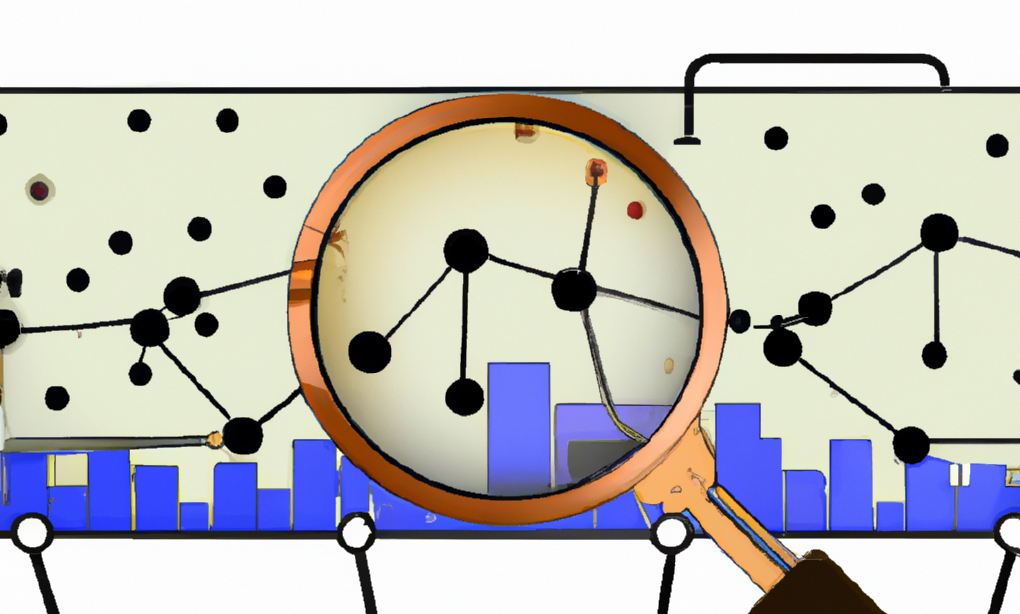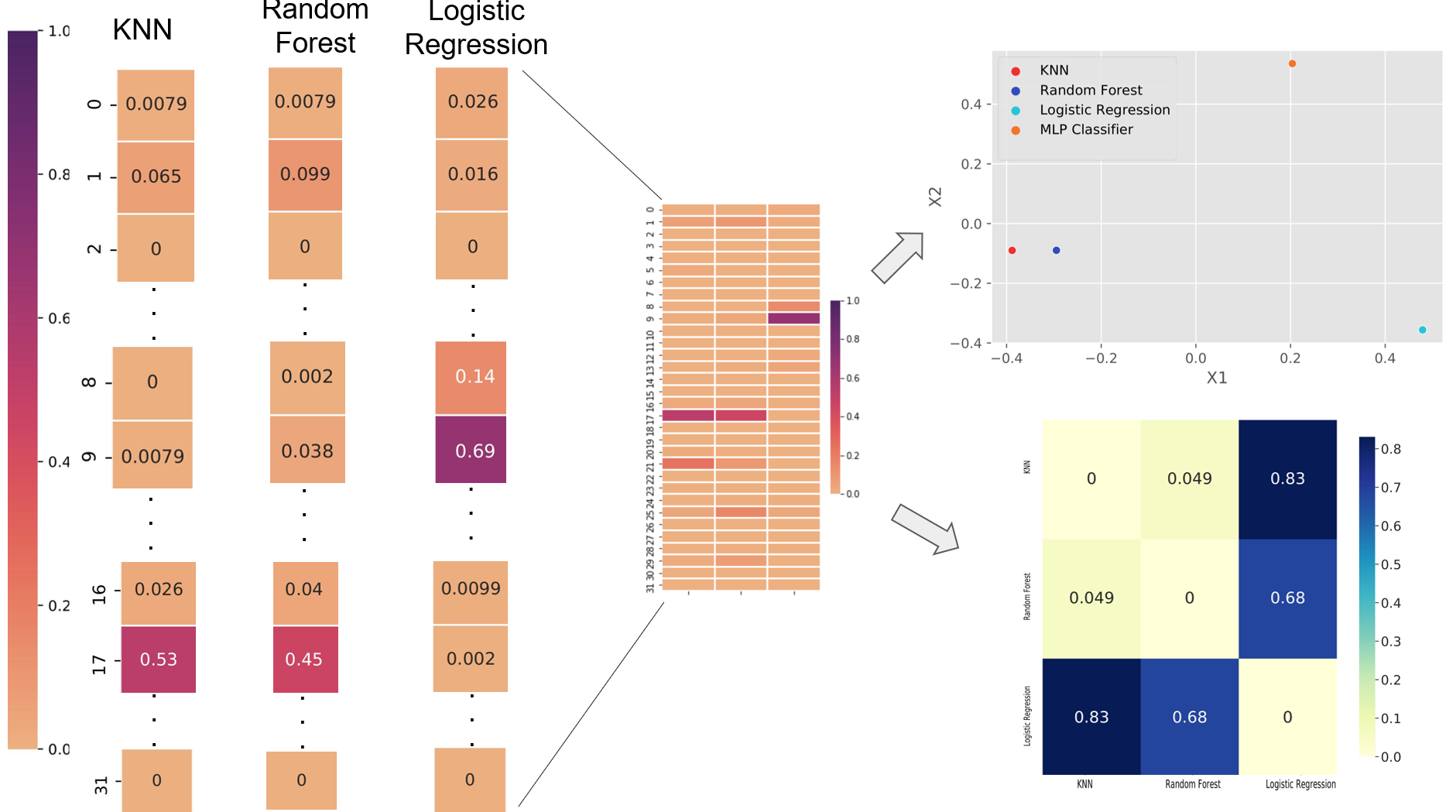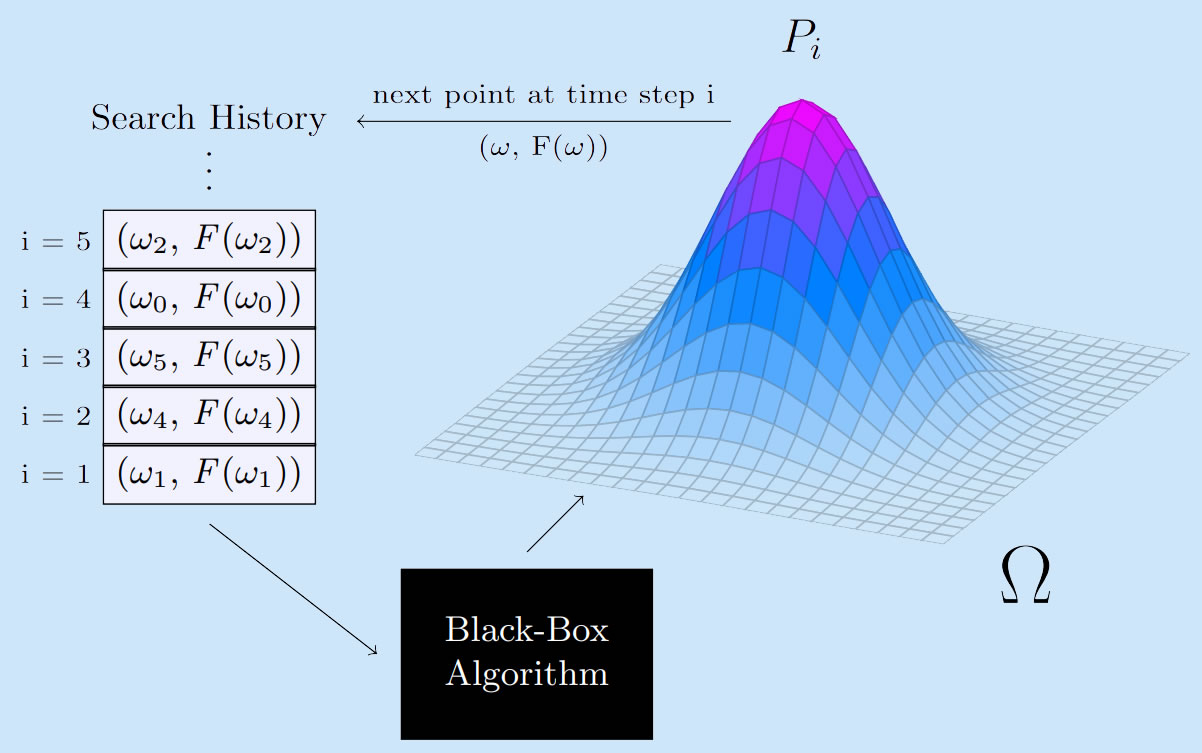The Gopher Grounds
What do natural selection, laser beams, statistical models, and gophers have to do with each other? When the pesky gophers in your backyard learn how to use a statistical model to avoid the laser beams you want to zap them with, you need to fight back. You decide to use a genetic algorithm, an optimization technique inspired by the biological process of natural selection, to generate traps that will trick even the smartest gophers into walking into their demise. Will this plan put your gopher problem to rest? Or will the gophers have the last laugh?
read more


